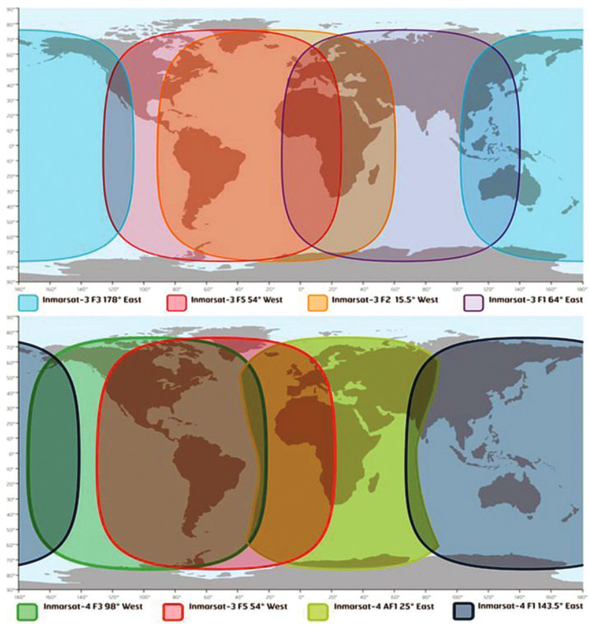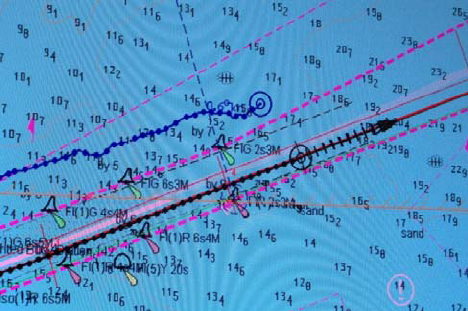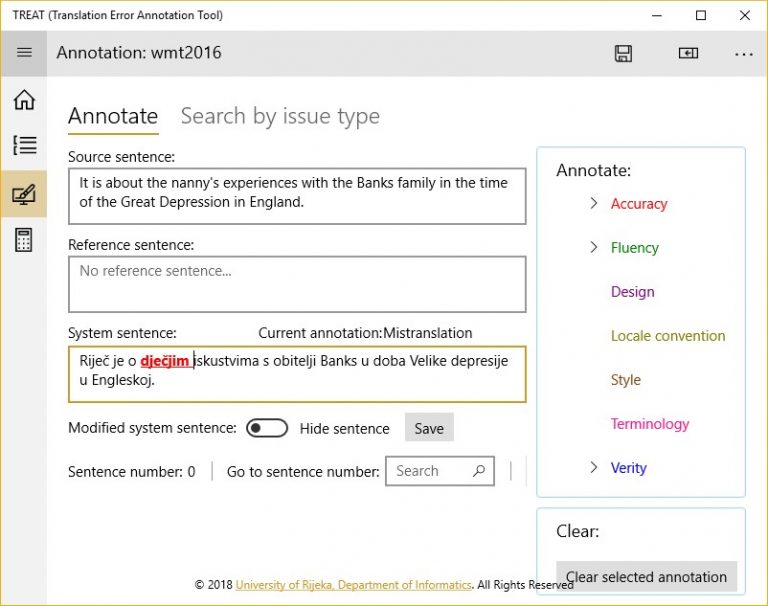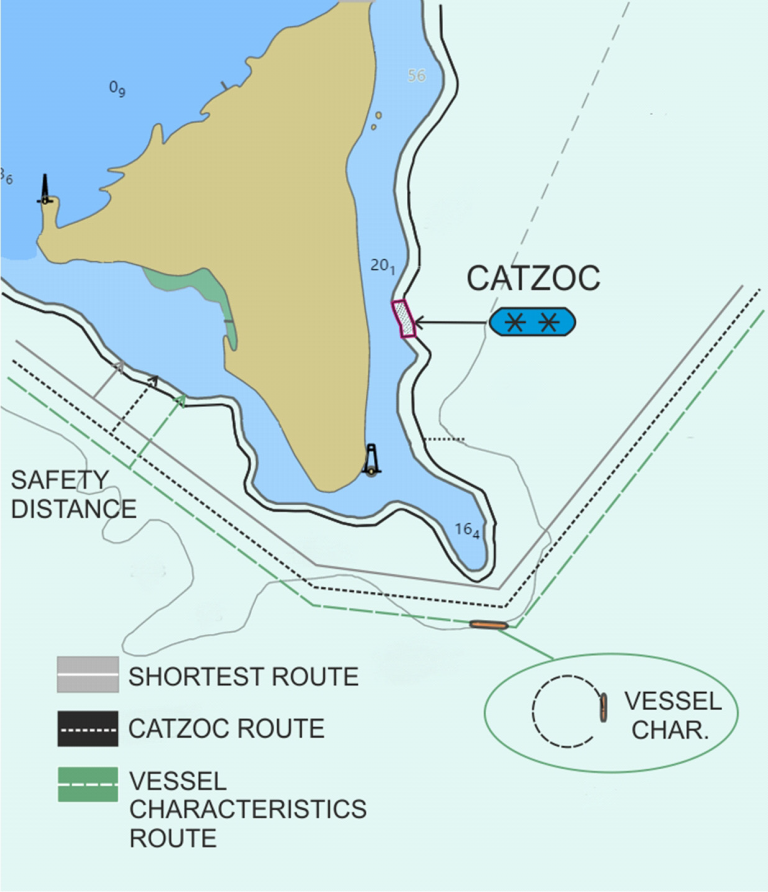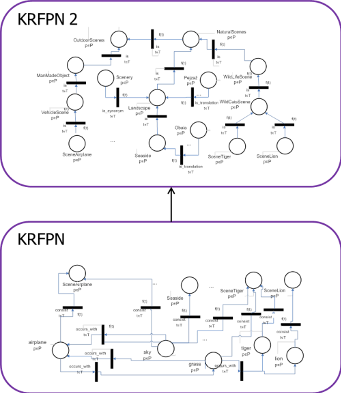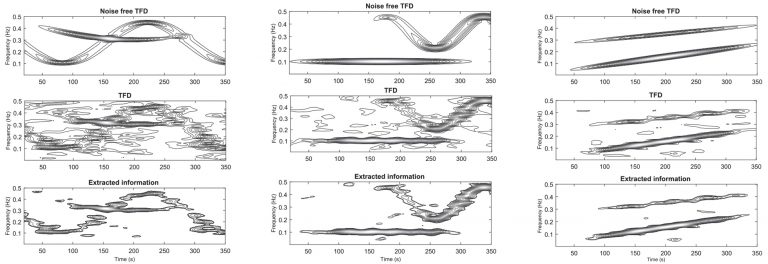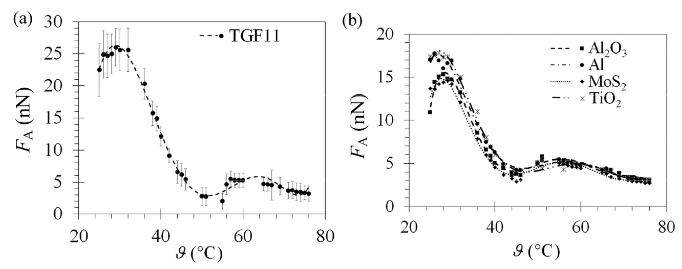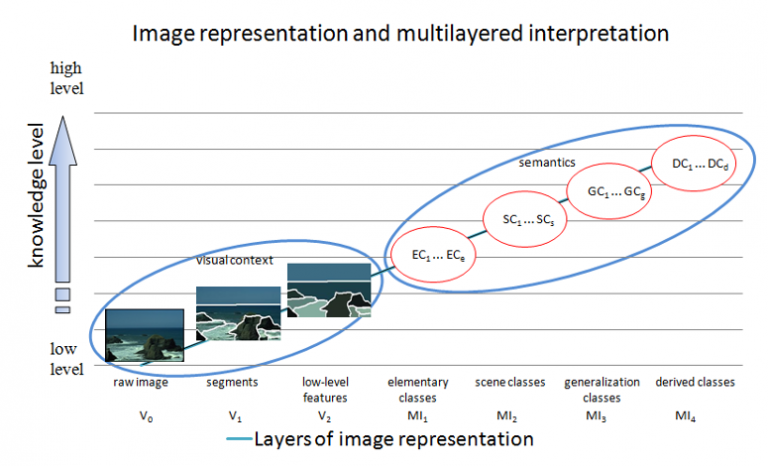For a long time, Inmarsat satellite system was the only maritime mobile satellite service provider when Global Maritime Distress and Safety System (GMDSS) is concerned. This satellite system has different generations of its satellites providing a wide range of services and applications. In 2018, its services related to the GMDSS have migrated to a newer […]
Research Papers
Maritime Cyber Risk Management: An Experimental Ship Assessment
The maritime transport industry is increasingly reliant on computing and communication technologies, and the need for cyber risk management of critical systems and assets on vessels is becoming critically important. In this paper, a comprehensive cyber risk assessment of a ship is presented. An experimental process consisting of assessment preparation activities, assess- ment conduct and […]
Analysis of Primary Position Validation in ECDIS System
The mandatory ECDIS transitional period has ended just recently. The technology matured and the progress towards the ECDIS as a primary means of navigation has continued. Safe and effective navigation mostly relies on accurate and valid positioning despite the system’s technological advancement. In general, the frequency of plotting and monitoring of ship’s position depends on […]
Translation Error Analysis in TREAT: A Windows App Using the MQM Framework
The aim of this research paper is to conduct a thorough analysis of inter-annotator agreement in the process of error analysis, which is well-known for its subjectivity and low level of agreement. Since the process is tiresome in its nature and the available user interfaces are pretty distinct from what the average annotator is accustomed […]
Challenges of adaptive coastal voyage planning
Creating an efficient and safe voyage plan is a complex and challenging task. Compliance with safe mandatory voyage planning procedures must be considered alongside shortest distance, sailing time and efficiency. Mentioned factors reflect on decisions in voyage appraisal, planning, execution and monitoring. Decisions in all voyage stages are further influenced by navigational knowledge and experience […]
Two-tier image annotation model based on a multi-label classifier and fuzzy-knowledge representation scheme
Highlights Multi-label classification and knowledge-based approach to image annotation. The definition of the fuzzy knowledge representation scheme based on FPN. Novel data-driven algorithms for automatic acquisition of fuzzy knowledge. Novel inference based algorithms for annotation refinement and scene recognition. A comparison of inference-based scene classification with an ordinary approach.
Extraction of Useful Information Content From Noisy Signals Based on Structural Affinity of Clustered TFDs’ Coefficients
This paper proposes an automatic method for extraction of useful information content from time-frequency distributions of nonstationary signals heavily corrupted by additive noise. The proposed method, which does not require prior knowledge of the signal, initially performs a one-dimensional clustering of the time-frequency distribution aimed at segmenting it into a fixed number of classes. This […]
An experimental methodology for the concurrent characterization of multiple parameters influencing nanoscale friction
A structured transdisciplinary method for the experimental determination of friction in the nanometric domain is proposed in this paper. The dependence of nanoscale friction on multiple process parameters on these scales, which comprise normal forces, sliding velocities, and temperature, was studied via the lateral force microscopy approach. The procedure used to characterize the stiffness of […]
Multi-level image annotation using bayes classifier and fuzzy knowledge representation scheme
In this paper, a model for multi-level image annotation that is performed in two phases is proposed. In the first phase, a Naïve Bayes classifier is used to classify low-level image features into elementary classes. In the second phase, a knowledge representation scheme based on Fuzzy Petri Net is used to expand the level of […]
A knowledge-based multi-layered image annotation system
Highlights A fuzzy-knowledge based intelligent system for multilayered image annotation Novel merged statistical and knowledge-based approach for image interpretation Automatic acquisition of facts and rules about the concepts, and their reliability. Inconsistency checking of image segments classification. Automatic knowledge-based scene recognition and inference of more abstract classes.
